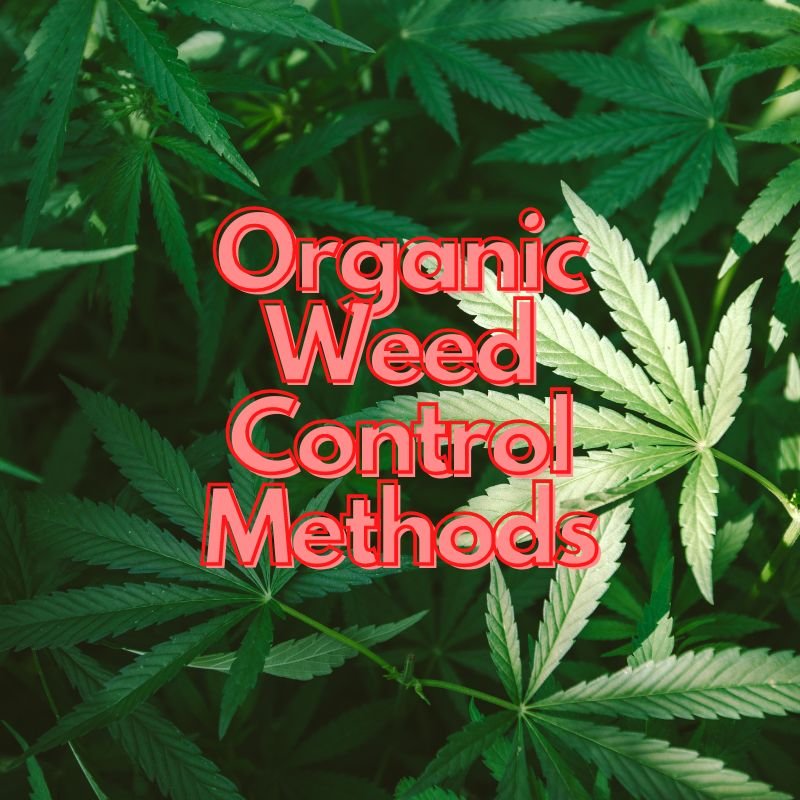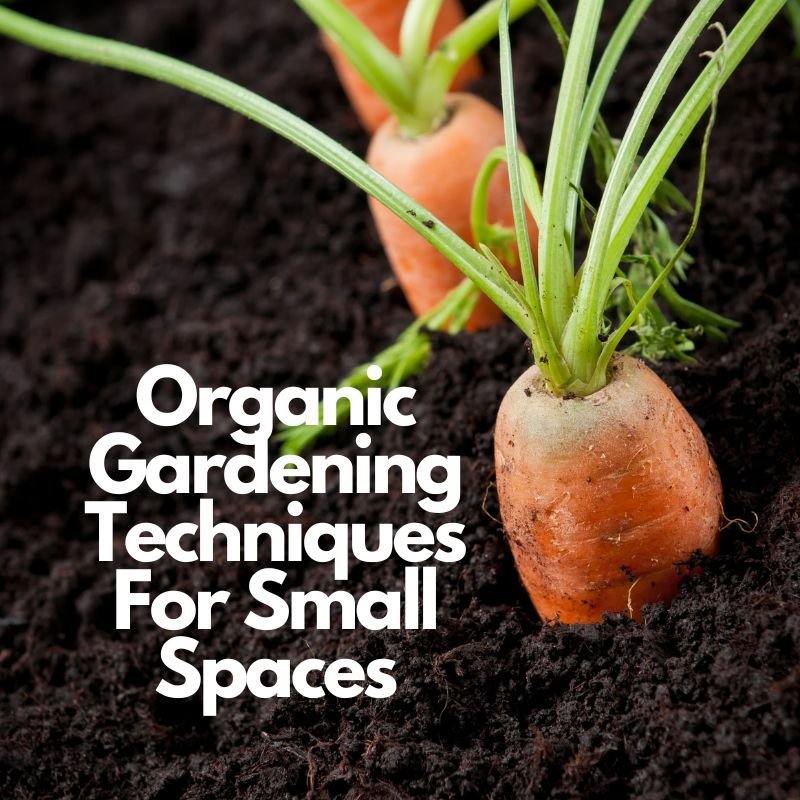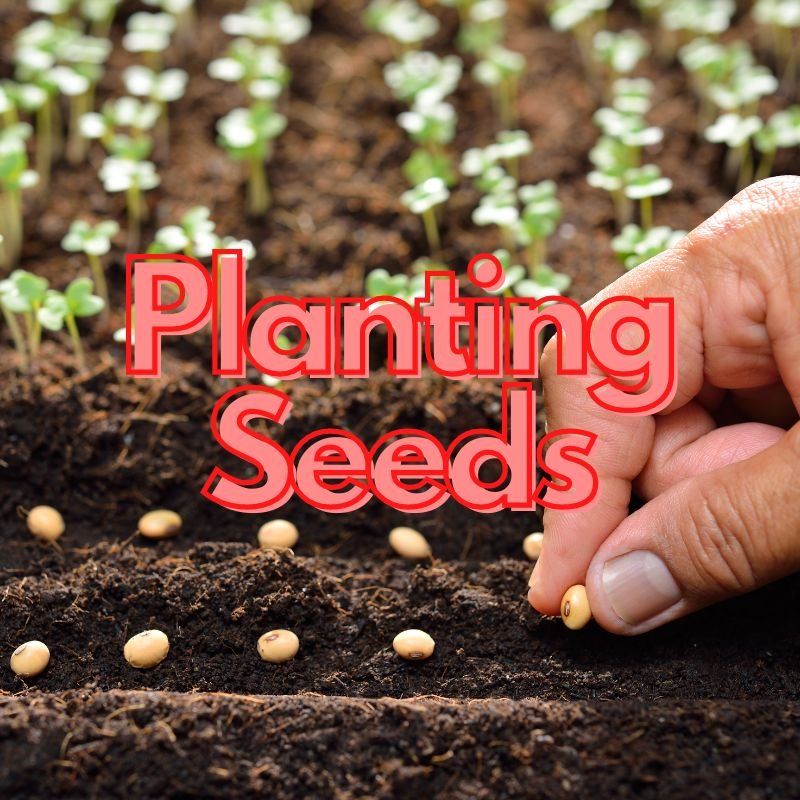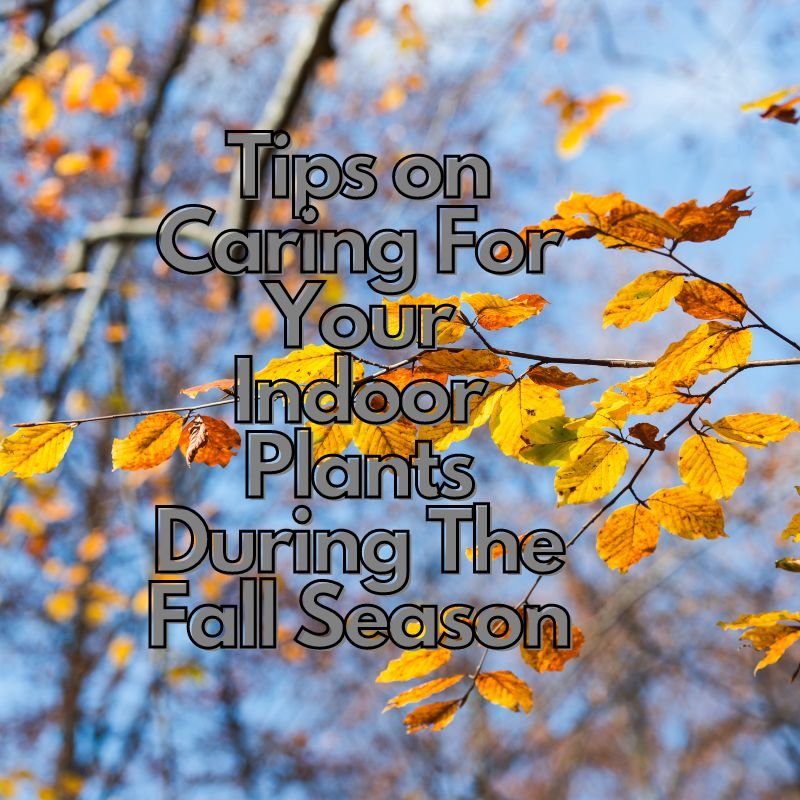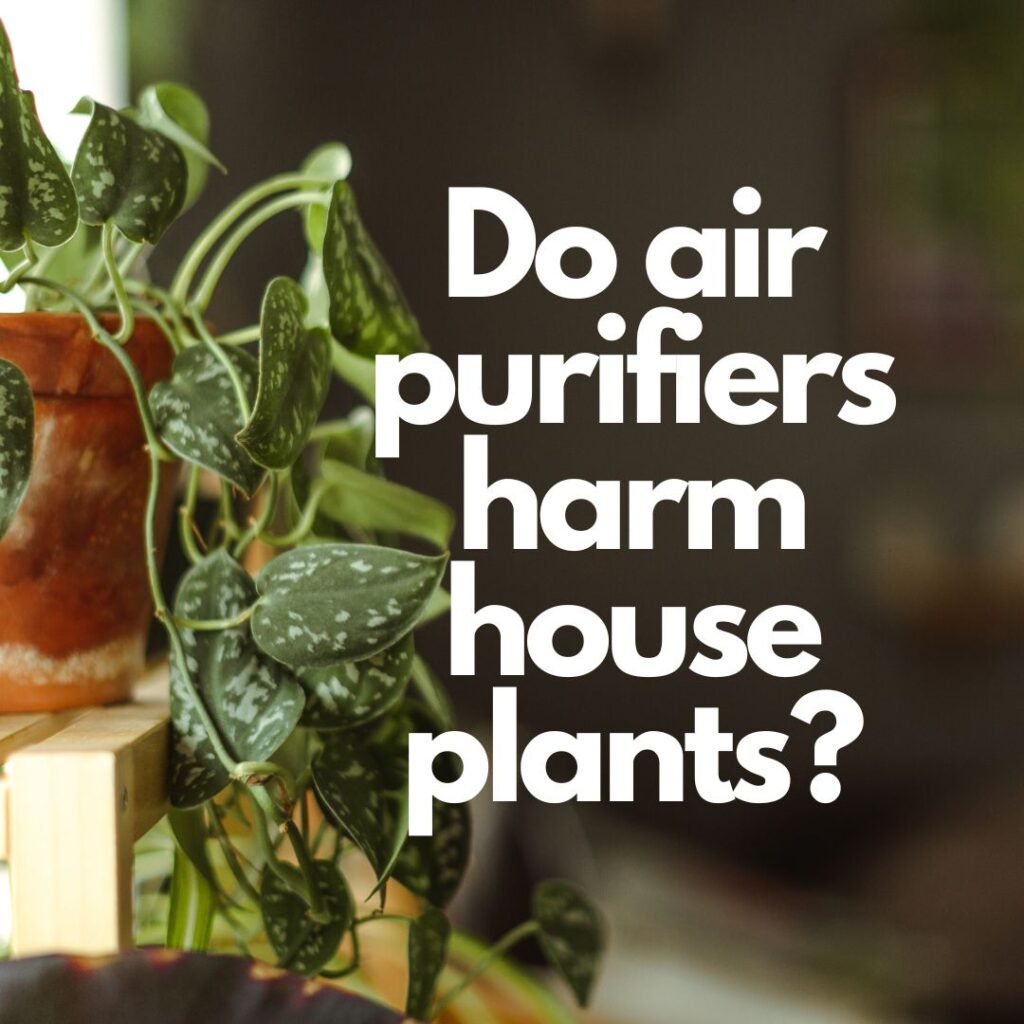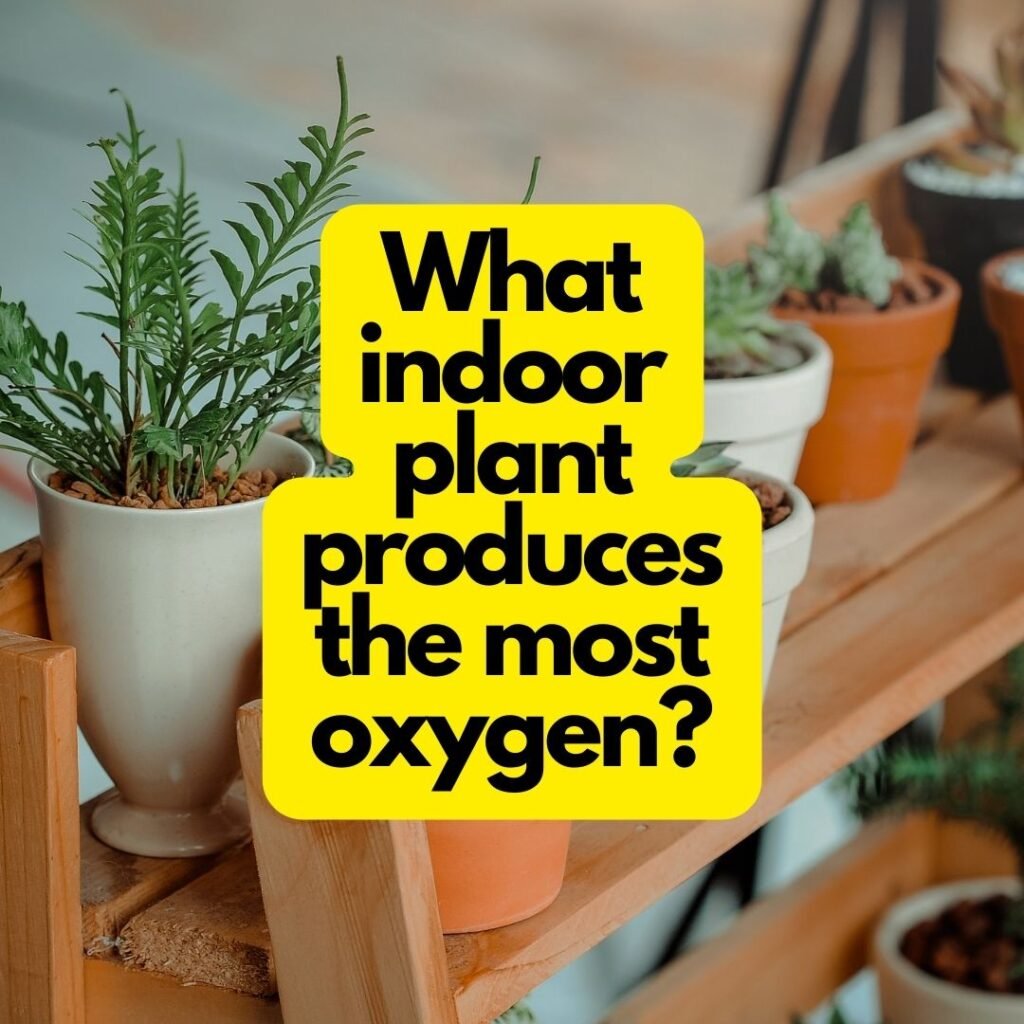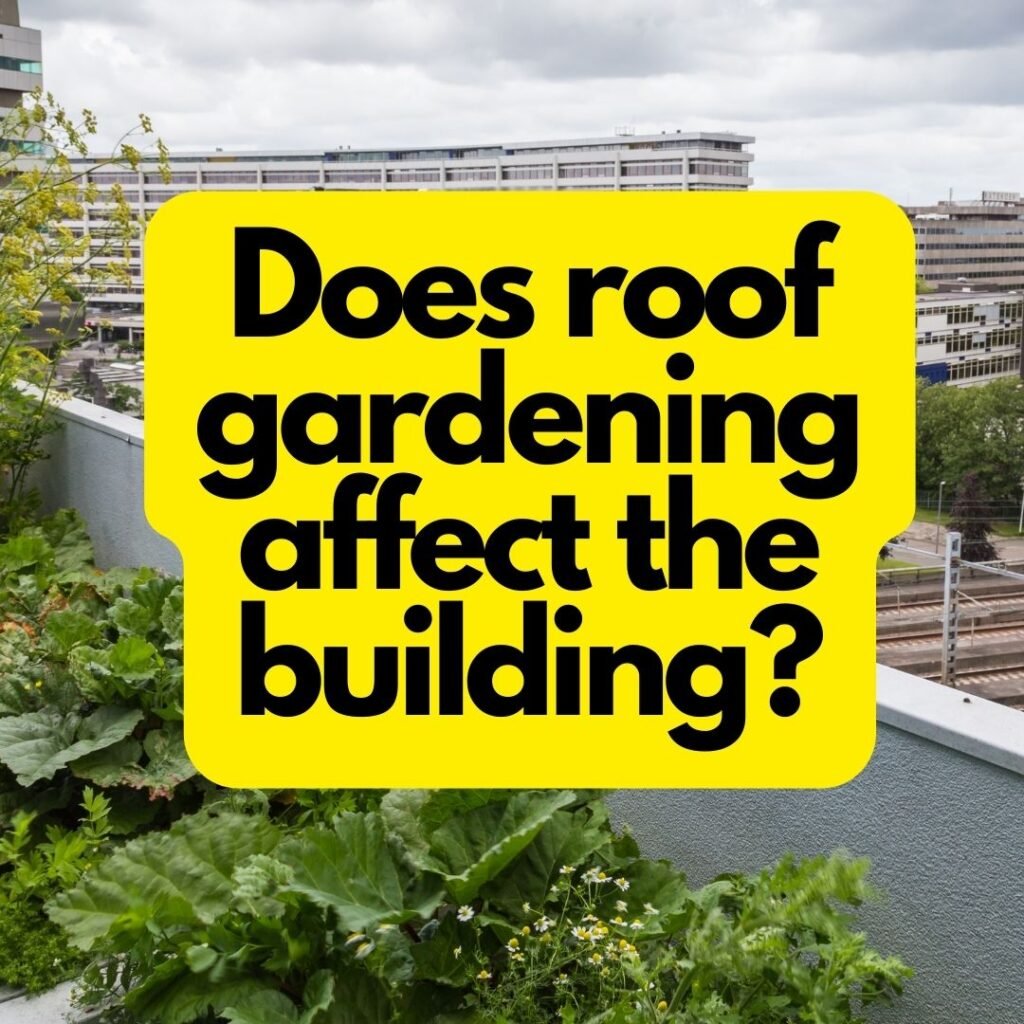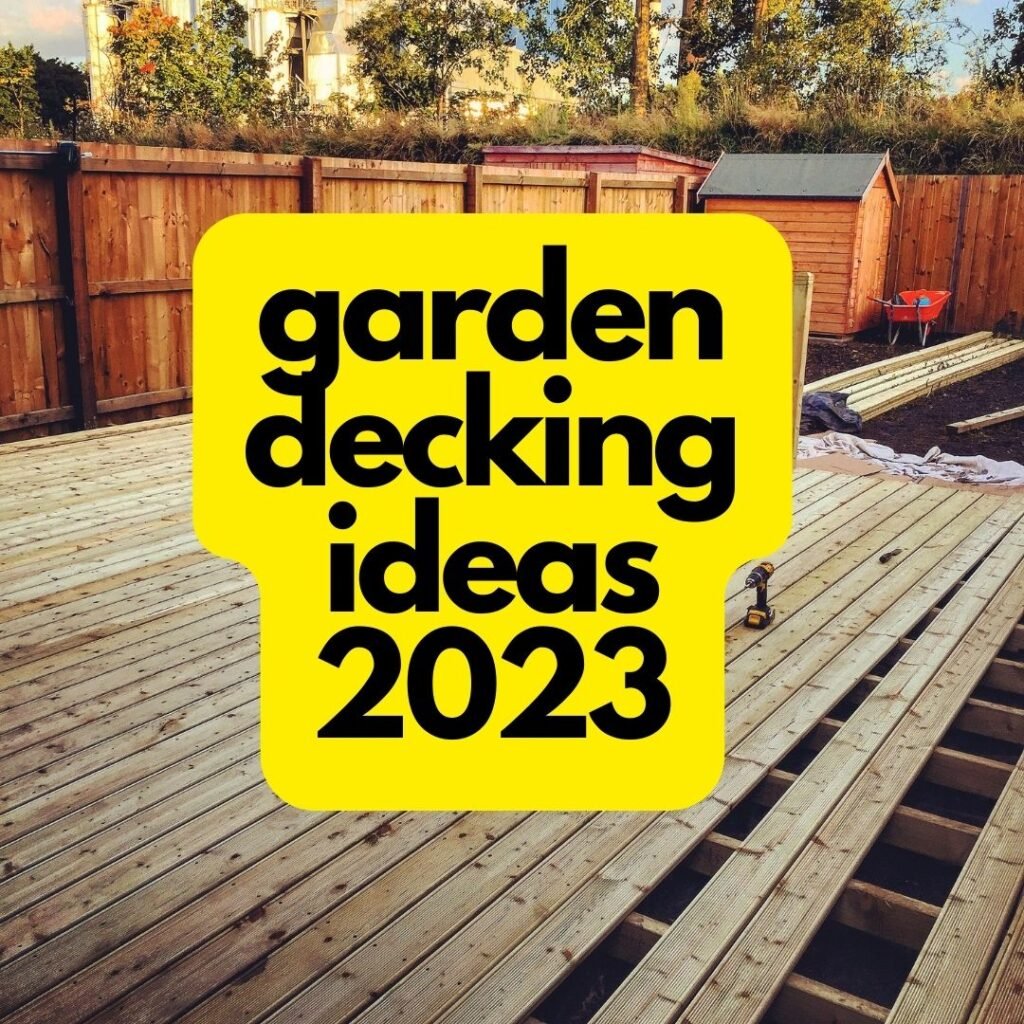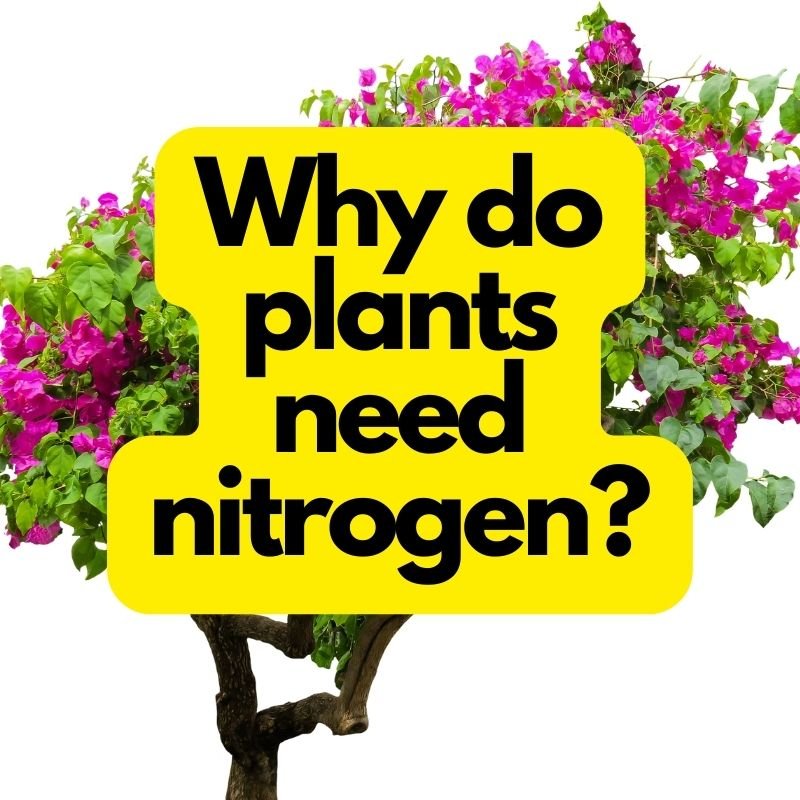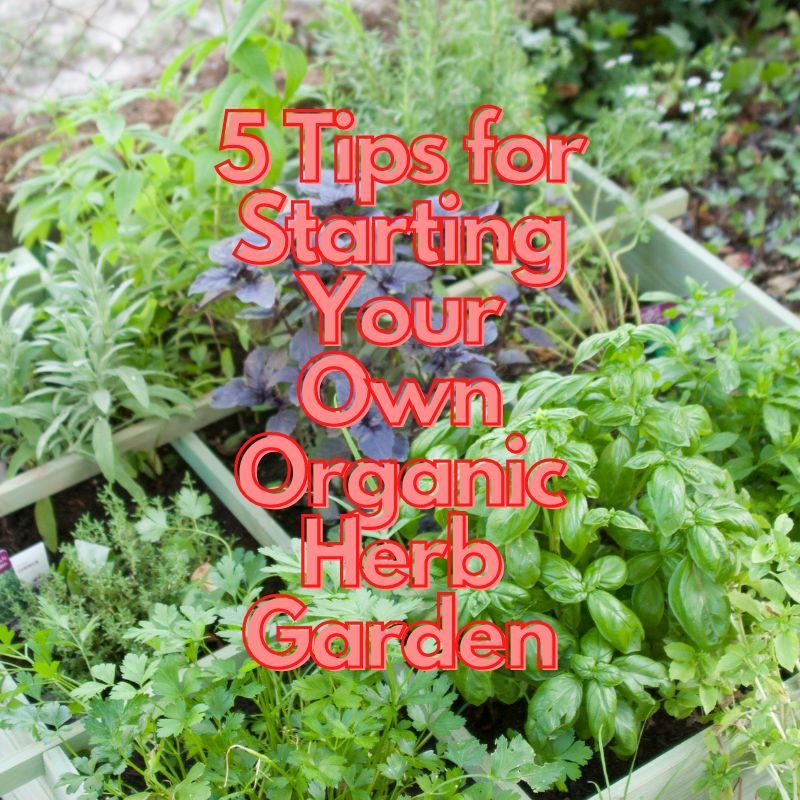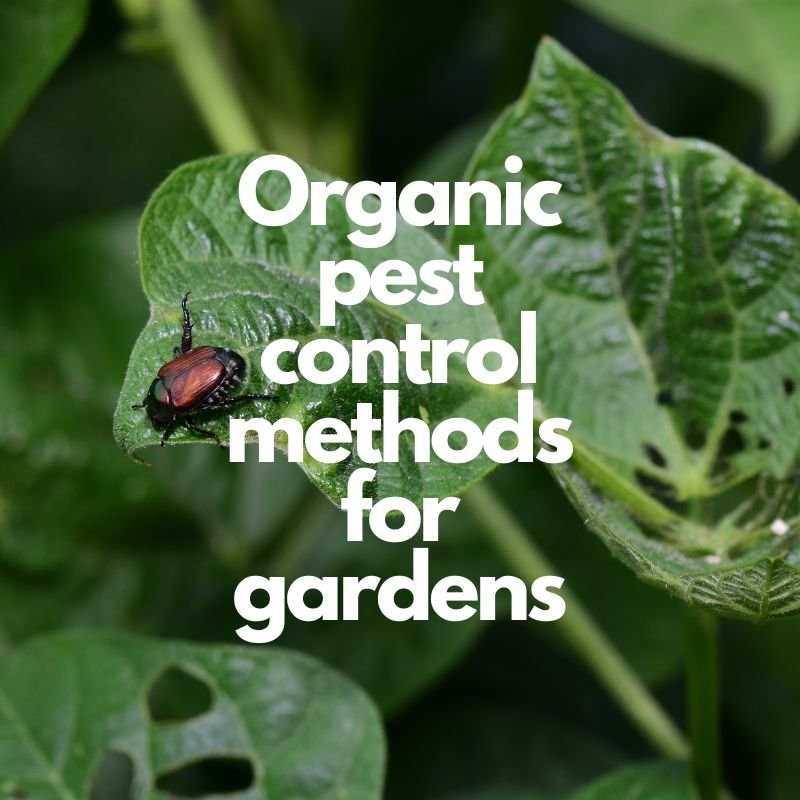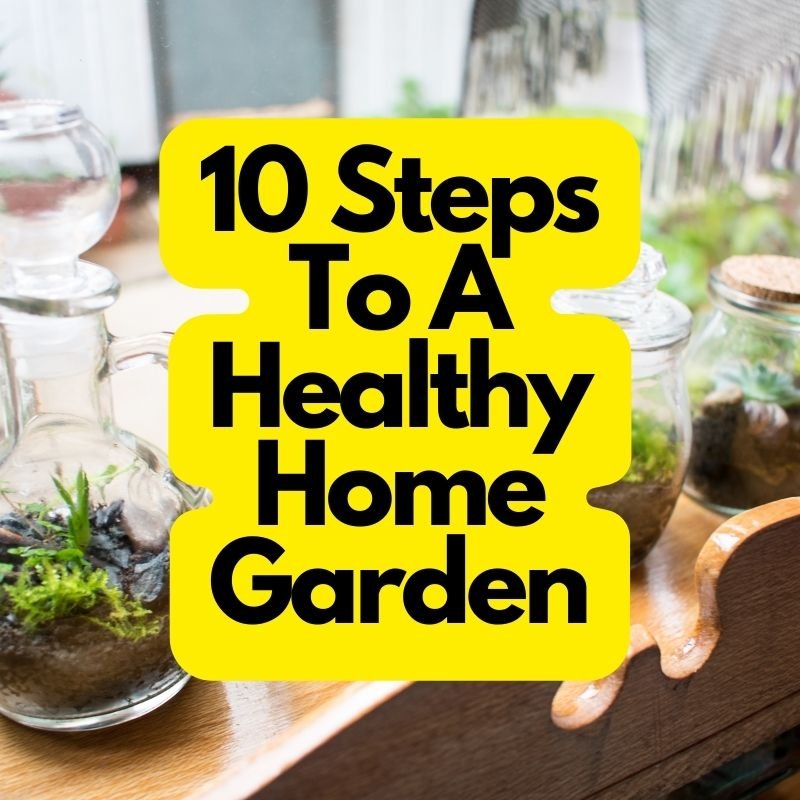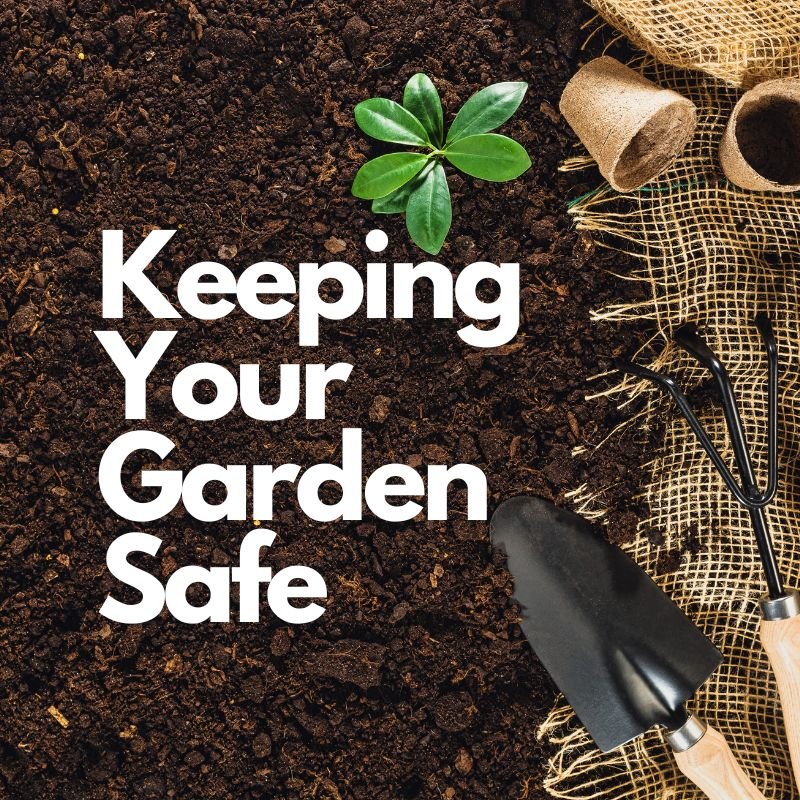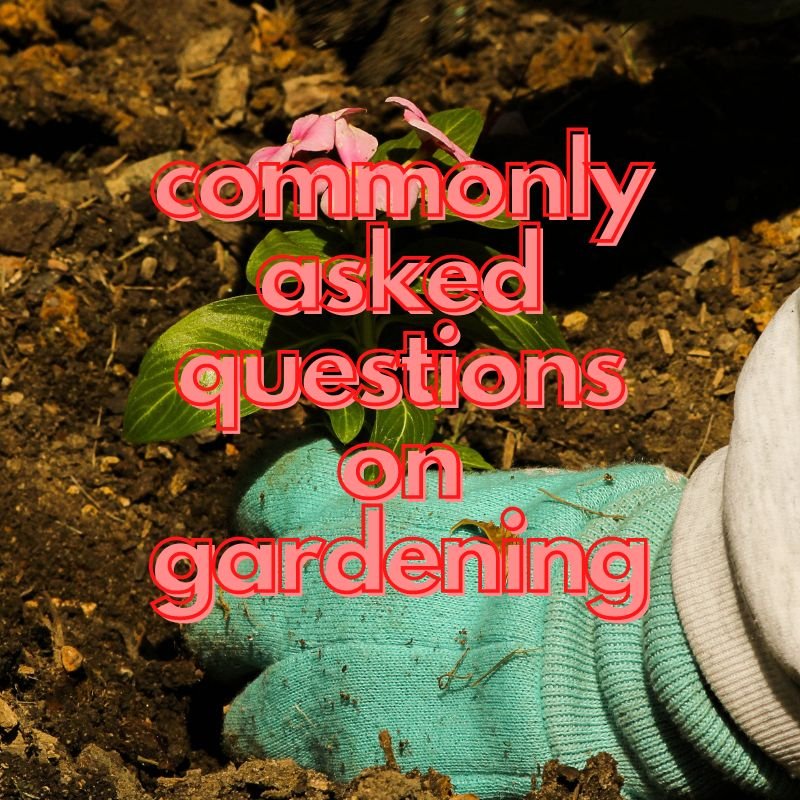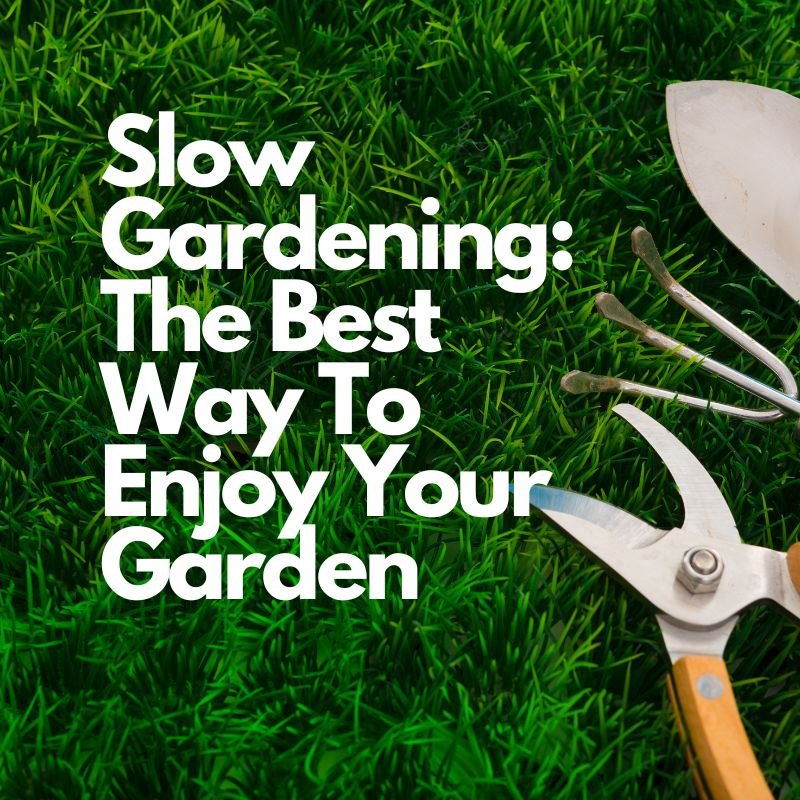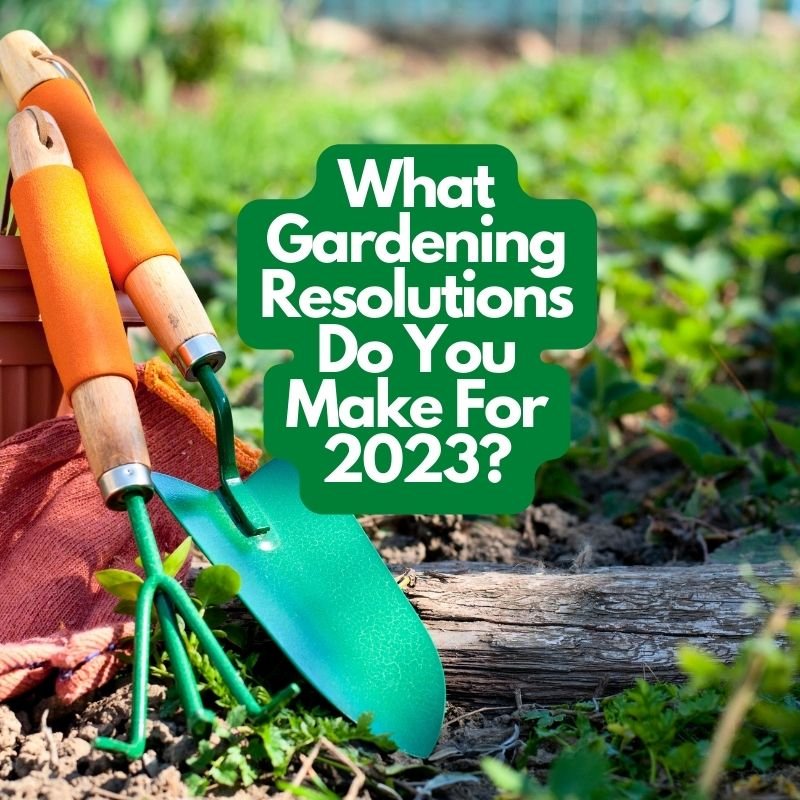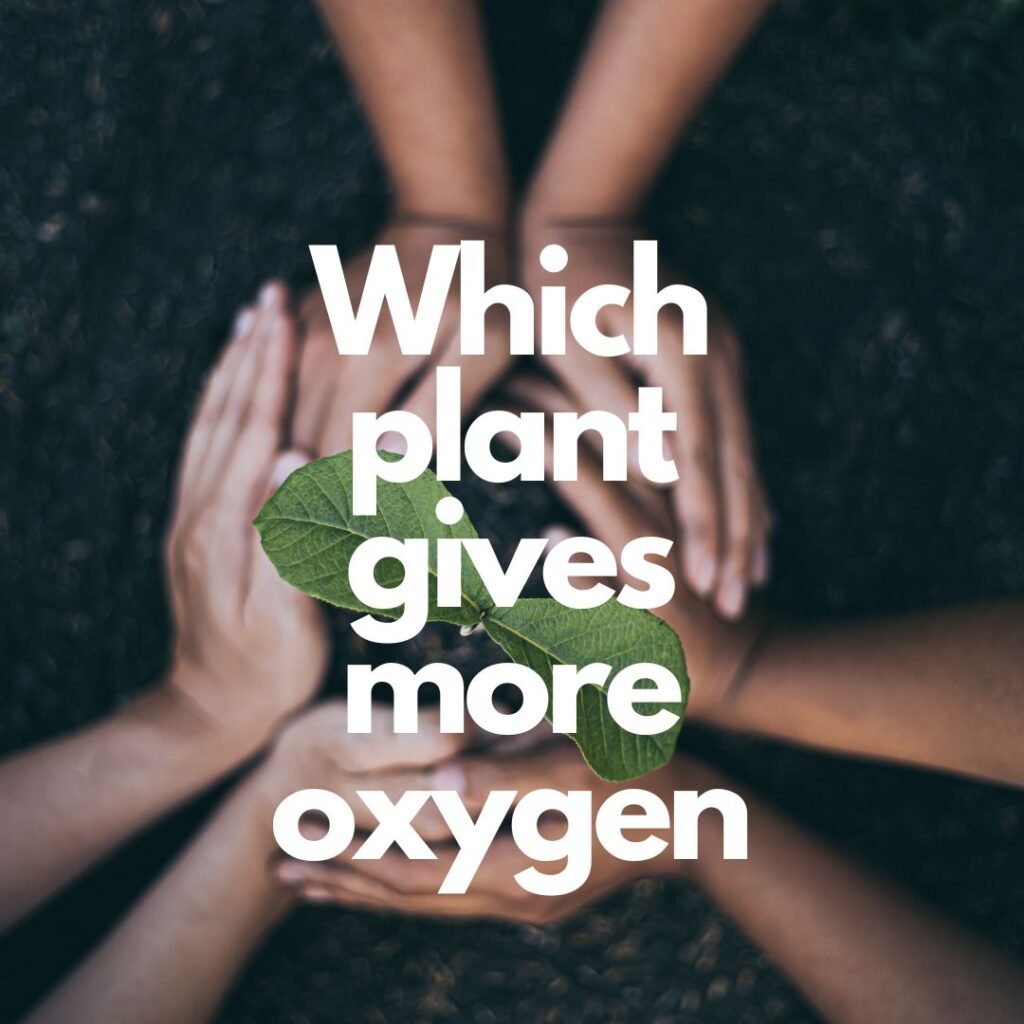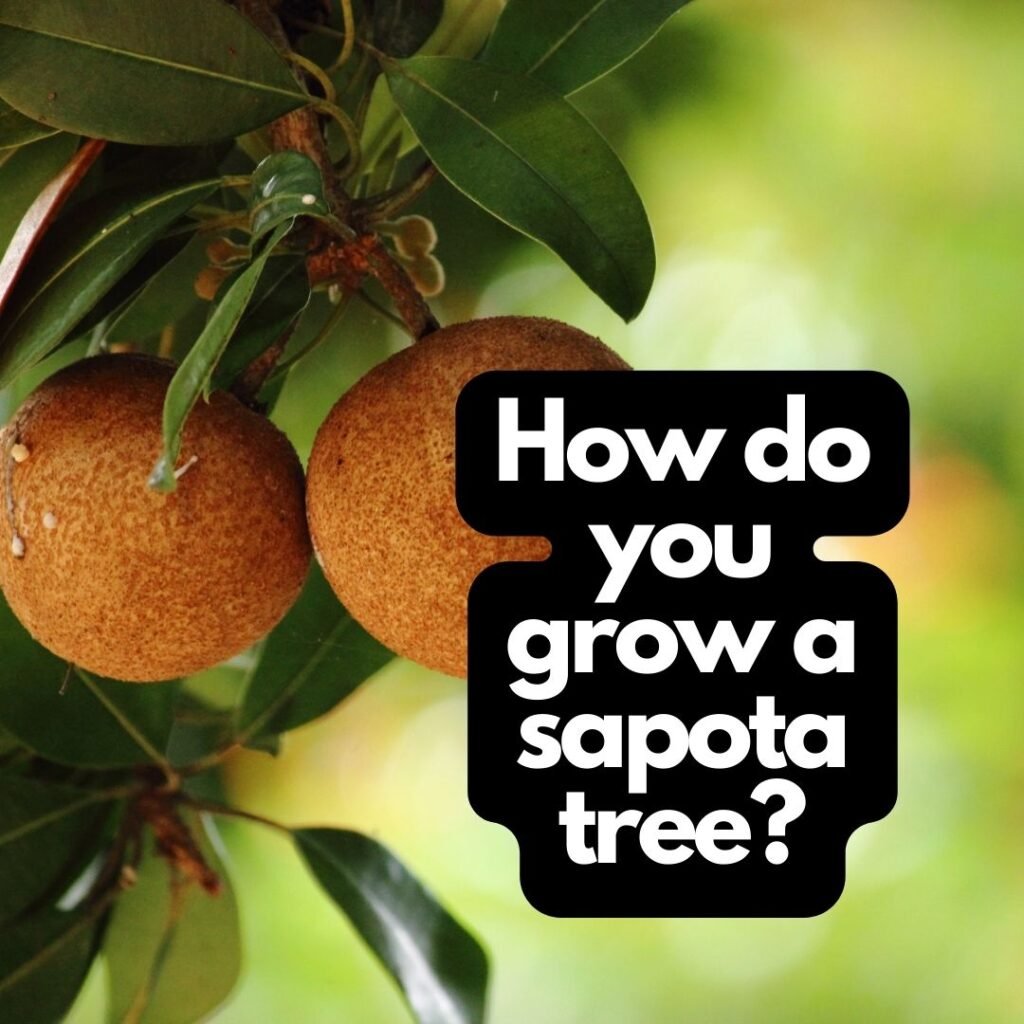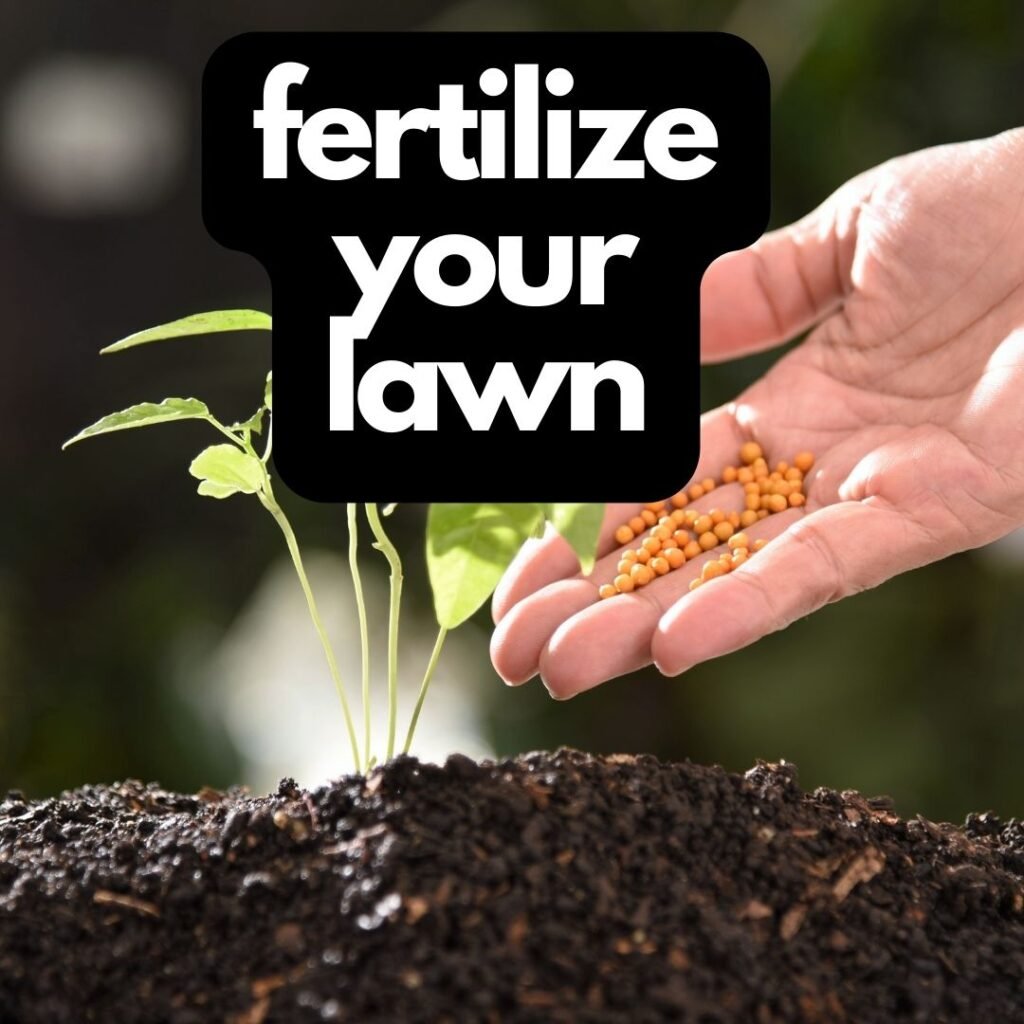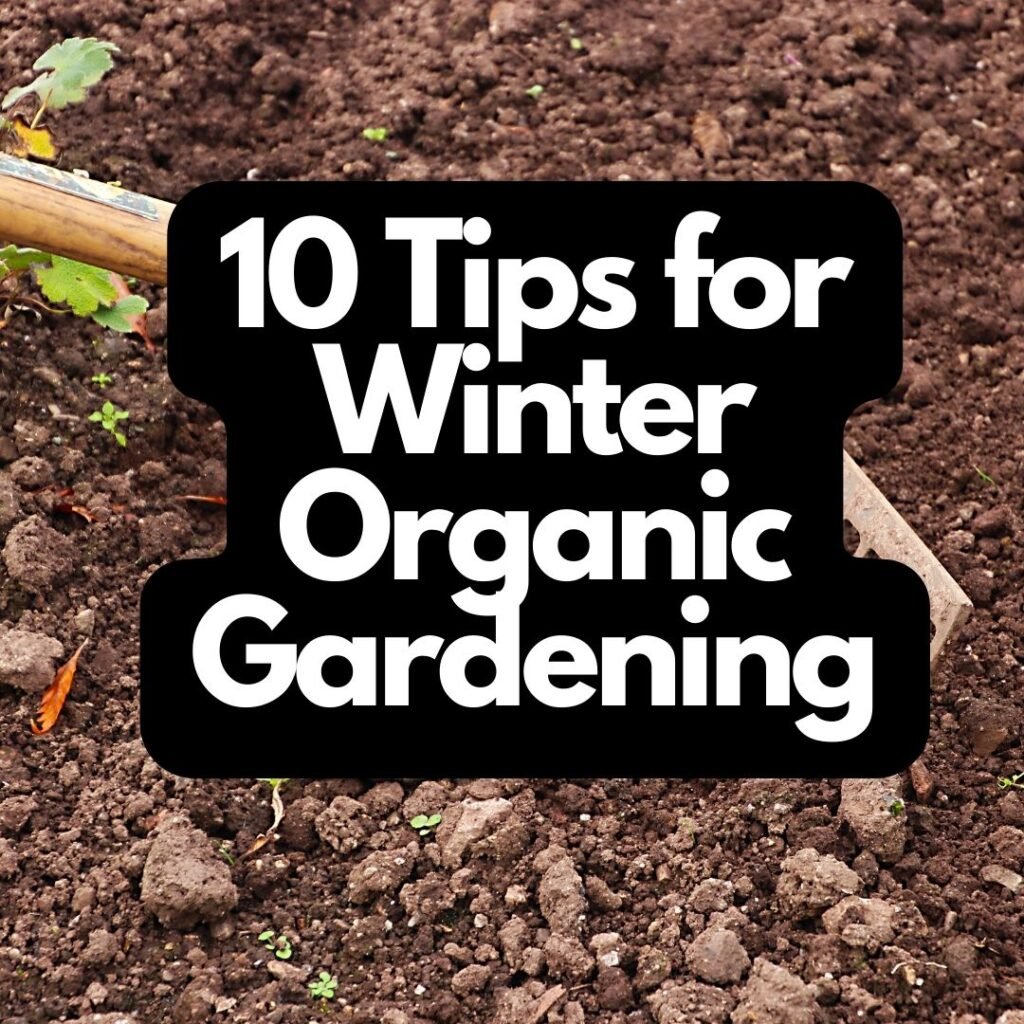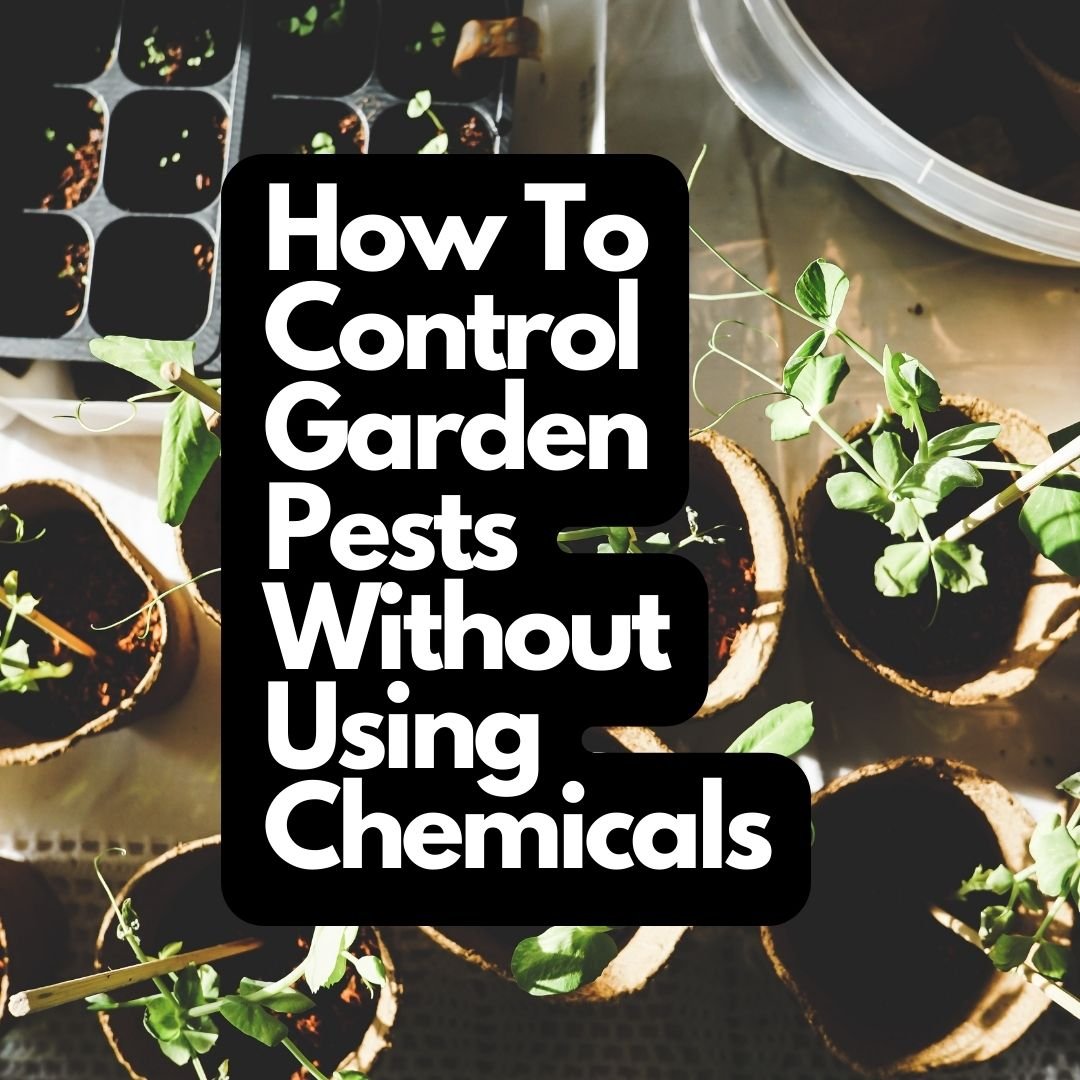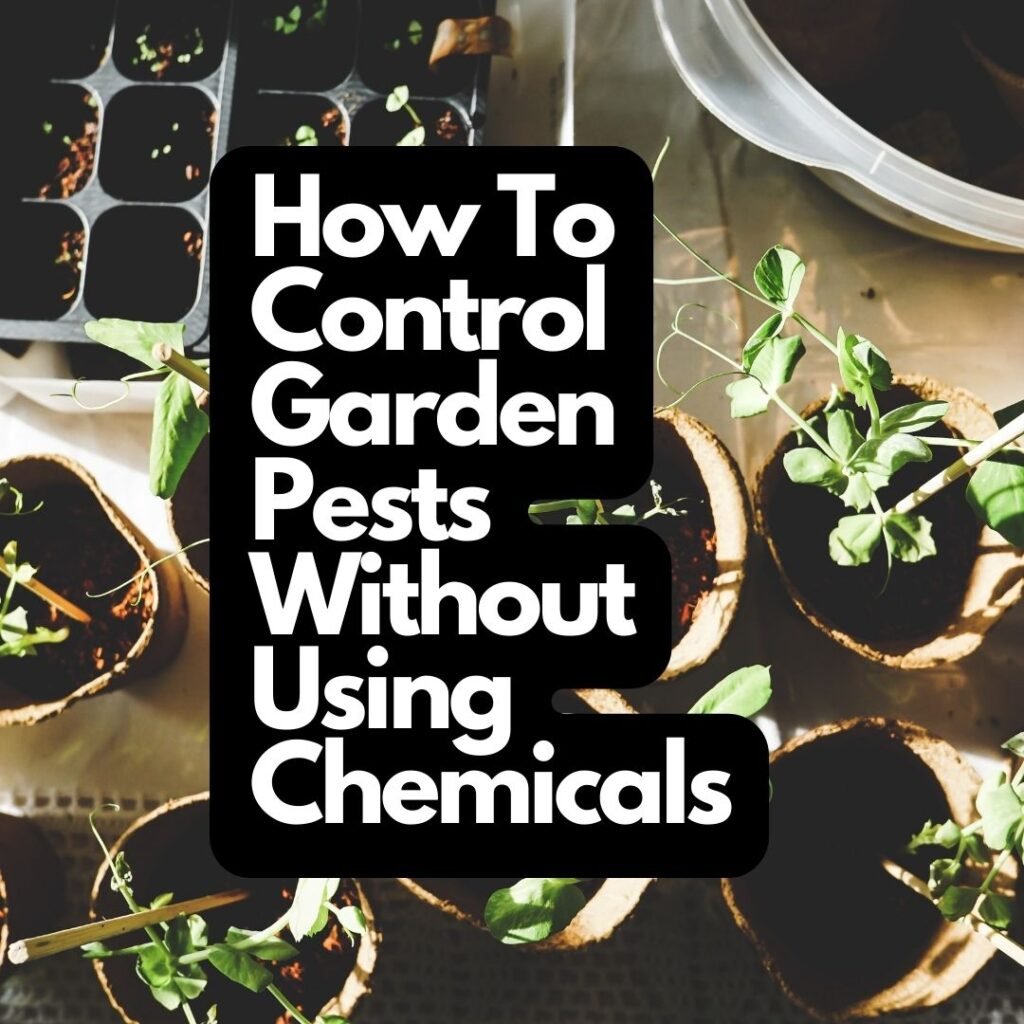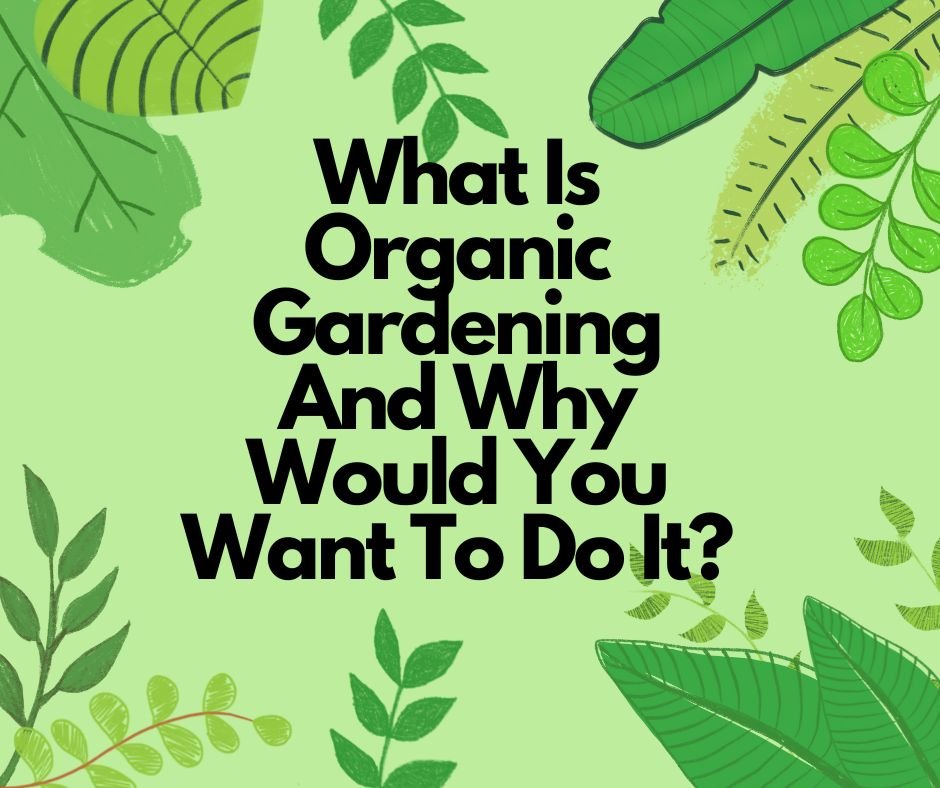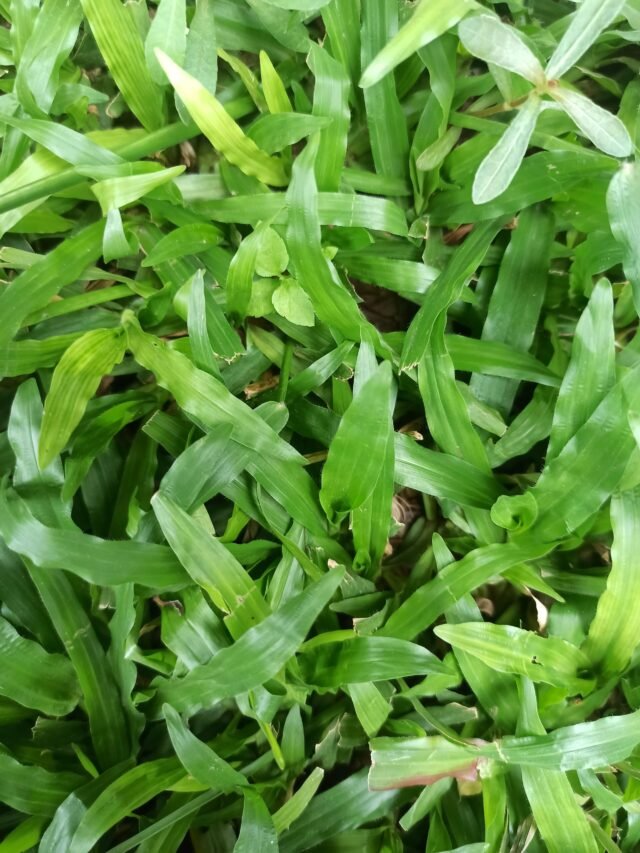The Best Organic Fruit Gardening Tips And Tricks
Are you looking for ways to grow your own organic fruits and vegetables? Organic fruit gardening is possible even if you don’t have much space or experience. With the right tips, tricks, and techniques, you can easily cultivate a flourishing fruit garden full of delicious produce. In this blog post, we will share our top tips for organic fruit gardening. We’ll cover the best types of soils and fertilizers to use, how to properly water your plants, and some other essential organic gardening advice. Read on to learn more!
The benefits of organic fruit gardening
Organic fruit gardening has many benefits that make it a great option for those looking to have their own fresh fruits and vegetables. One of the biggest benefits is that organic food is generally much healthier for you than conventional food. This is because organic foods are not treated with harmful pesticides and other chemicals that can be found in conventionally-grown foods.
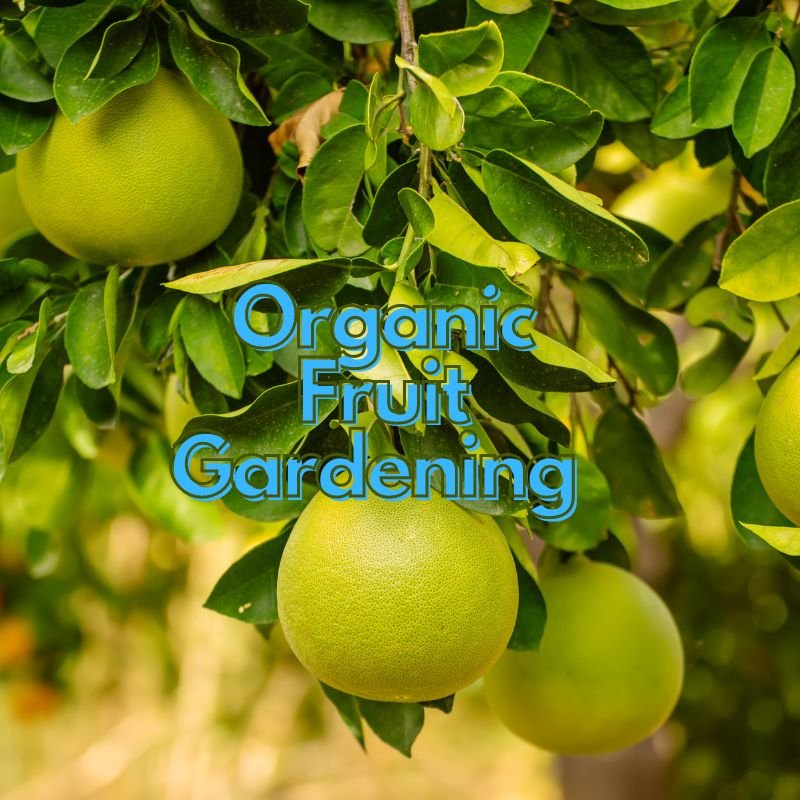
Another benefit of organic fruit gardening is that it is better for the environment. Organic farming practices help to conserve water and soil, and they also reduce pollution. Additionally, organic farmers typically use less energy than conventional farmers, which further reduces environmental impact.
In addition to being healthier for you and better for the environment, organic fruit gardening can also save you money. Because organic foods are not treated with harmful chemicals, they often last longer than conventionally-grown foods. This means that you won’t have to replace your organic fruits and vegetables as often, which can save you money in the long run.
Overall, organic fruit gardening has a lot of benefits that make it a great option for those looking to have their own fresh fruits and vegetables. If you’re interested in trying it out, be sure to check out some of the best tips and tricks from our experts!
The best organic fruit gardening tips and tricks
Organic fruit gardening is a great way to get fresh, nutritious fruits without having to use harmful pesticides. Here are some tips and tricks to help you get the most out of your organic fruit garden:
- Start with healthy soil. Healthy soil is the foundation of a successful organic fruit garden. Be sure to test your soil before planting and amend it as needed to ensure optimal growing conditions.
- Choose the right plants. Not all fruits are created equal when it comes to organic gardening. Some varieties are more disease-resistant or tolerant of pests and harsh weather conditions. Research the best varieties for your area and choose accordingly.
- Give your plants room to grow. Overcrowding can lead to competition for resources, so be sure to give your plants enough space to spread out and thrive.
- Water deeply and regularly. Deep watering encourages roots to grow deeper into the soil, making them less susceptible to drought stress. Water early in the day so that leaves have time to dry before nightfall, which reduces the risk of fungal diseases developing.
- Mulch heavily. A thick layer of mulch helps keep weeds at bay and conserves moisture in the soil, both of which are crucial for successful fruit production.
6 Harbor beneficial insects . Certain insects, like ladybugs honeybees , can actually be helpful in an organic fruit garden by pollinating plants and preying on harmful pests .Encourage them by providing
The best fruits for organic gardening
Organic gardening is a great way to grow your own food without using harmful chemicals. The best fruits for organic gardening are those that are easy to grow and don’t require much care. Here are some of the best fruits for organic gardening:
Strawberries: Strawberries are one of the easiest fruits to grow organically. They don’t require much space and can be grown in containers.
Blueberries: Blueberries are another easy fruit to grow organically. They prefer acidic soil, so if you have trouble growing other plants in your garden, blueberries may be a good option.
Raspberries: Raspberries are another great option for organic gardening. They can be tricky to grow, but once they start producing fruit, they will provide an abundance of berries each year.
Blackberries: Blackberries are another delicious berry that is perfect for organic gardening. They can be difficult to grow, but the rewards are worth it when you can pick fresh berries from your own garden.
How to start an organic fruit garden
There are many benefits to growing your own organic fruit garden. Not only can you enjoy fresh, delicious fruit, but you can also avoid exposure to harmful chemicals often used in commercial farming. If you’re interested in starting your own organic fruit garden, here are a few tips to get you started:
- Choose the right location. Make sure you have enough space for the type of fruit trees or bushes you want to grow. You’ll also need to consider things like sunlight and drainage when selecting a spot for your garden.
- Prepare the soil. This is one of the most important steps in creating a successful organic fruit garden. The soil needs to be well-drained and rich in nutrients for your plants to thrive. You can achieve this by adding compost or other organic matter to the soil before planting.
- Select disease-resistant varieties of fruits and vegetables. When choosing what to grow in your garden, look for varieties that are resistant to common diseases and pests. This will help reduce the need for pesticides and other chemicals in your garden.
- Use organic gardening methods. There are many ways to control pests and diseases without using harmful chemicals. These include things like companion planting, using row covers, and hand-picking pests off of plants.
- Water regularly and fertilize regularly. Your plants will need plenty of water and nutrients to produce healthy fruits and vegetables. Be sure to water them regularly, especially during the hot summer months, and
Conclusion
Organic fruit gardening is an enjoyable and rewarding experience that can be enjoyed by anyone. With the tips and tricks outlined above, you should now have a better understanding of how to start your own organic fruit garden. Whether you are just starting out or have been growing for years, these tips should help you get the most out of your efforts so that you can grow fresh and delicious fruits year after year.
what are the colors dogs can see?
- What is the best way to prune a silver oak tree?
- 5 Best Way To Take Care Of A Freeze-Injured Citrus Tree
- Do air purifiers harm house plants?
- Is there a time when you should not fertilize your lawn?
- What are some easy garden vegetables to grow?
